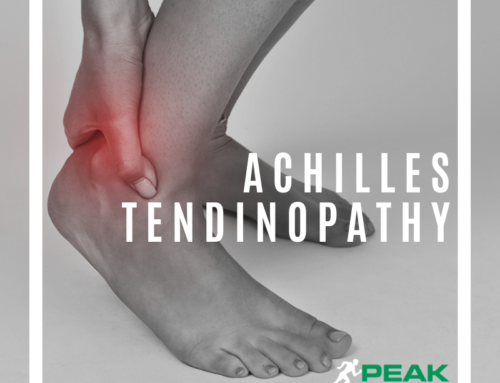Plantar pressure refers to the pressure measured on the plantar surface of the foot using a specialised digital platform/insole. A 2011 study by Esparza and colleagues, investigated the plantar pressure distribution of 40 soccer players and found some interesting results.
They found that 16 of the 40 soccer players (40%) presented the highest pressure in the central forefoot, 10 of the 40 (25%) had peak pressures along the big toe, and 8 of the 40 (20%) presented the highest pressure in medial forefoot. Clearly the forefoot is an area of overload and maybe this explains why more than a quarter of the 1994 US National World Cup Soccer team were diagnosed with forefoot stress fractures.
Understanding such patterns allows us to develop appropriate treatment programs for athletes. For example, from the results above we know that the central forefoot is an area of high load for soccer players. As such when a patient presents with early symptoms in this area, even if mild, the attending clinician should think of offloading the area prophylactically.

We saw at our clinic an example of how this could have been useful with a young and promising athlete who presented with forefoot pain on the left side only. MRI imaging later revealed a second metatarsal stress fracture on the left side. We decided to investigate the athlete’s plantar pressure distribution using a specialised digital insole and found alarming results (see image above). During running we see twice the load on the left foot compared to the right. Also, within the left foot there is a clear peak pressure along the second metatarsal head in line with the area of injury. If we had access to this information before the fracture…potentially something could have been done to prevent it. With all this in mind, I believe it would be wise to exploit plantar pressure technology more often in a clinical setting to prevent or at least limit injury recurrence.
Hassan Karim, Podiatrist








Leave A Comment